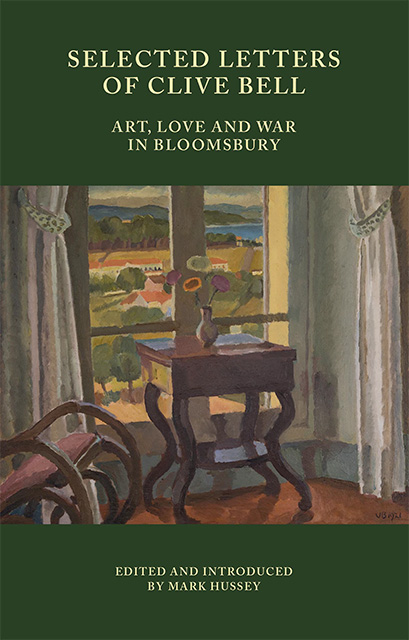1 - Bloomsbury Circles
Published online by Cambridge University Press: 20 October 2023
Summary
In March 1910, Lytton Strachey asked his young cousin Duncan Grant if he had heard that ‘the Bloomsbury set’ (Hussey 75) had gone to Studland, on the Dorset coast, because Virginia Stephen had had a breakdown. The phrase had not yet acquired its infamous connotations, but it would not be very long before ‘the Bloomsbury Group’, often shortened to just ‘Bloomsbury’, would implicate both Strachey and Grant, as well as Vanessa and Clive Bell, Virginia Woolf and several others in their circle of friends as members of an influential clique that has been fiercely admired and equally fiercely attacked for over 100 years now.
The origins of ‘Bloomsbury’ lay in Cambridge University, but the group was named for the London neighbourhood where the four Stephen siblings – Thoby, Vanessa, Virginia and Adrian – lived from 1904, following the death of their father, Sir Leslie Stephen. Wishing to keep his Cambridge friendships alive, Thoby was ‘at home’ on Thursday evenings in 1905 at 46 Gordon Square. It was there, too, that Thoby died, aged twenty-six, following a family trip to Greece in 1906 where he contracted typhoid. As Thoby – whom his friends called ‘The Goth’, apparently on account of his solid appearance – lay dying, his best friend, Clive Bell, kept vigil with Virginia, who was at once appreciative of his company and deeply sceptical about his intention of marrying her sister. Once married, Clive and Vanessa took over Number 46 for themselves, while Virginia and Adrian moved to lodgings nearby. ‘Bloomsbury’ continued to flourish, a centre for that group of friends whom Virginia Woolf later dubbed ‘Old Bloomsbury’ – thirteen people who also happened to constitute the ‘Memoir Club’ that was created by Molly MacCarthy in 1920 as a way to encourage her husband, Desmond, to write. The Memoir Club itself persisted into the early 1960s.
That ‘Old Bloomsbury’ nucleus, only a few of whom actually lived in Bloomsbury, found itself invited before the First World War to the grand literary and artistic salon of Lady Ottoline Morrell in Bedford Square. The introduction of Roger Fry to the group in 1910 ensured that Bloomsbury would always be associated with radical innovations in visual art.
- Type
- Chapter
- Information
- Selected Letters of Clive BellArt, Love and War in Bloomsbury, pp. 4 - 32Publisher: Edinburgh University PressPrint publication year: 2023



